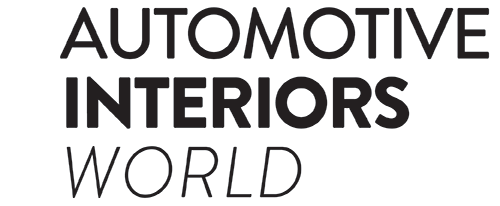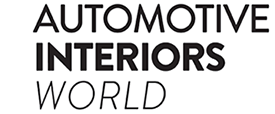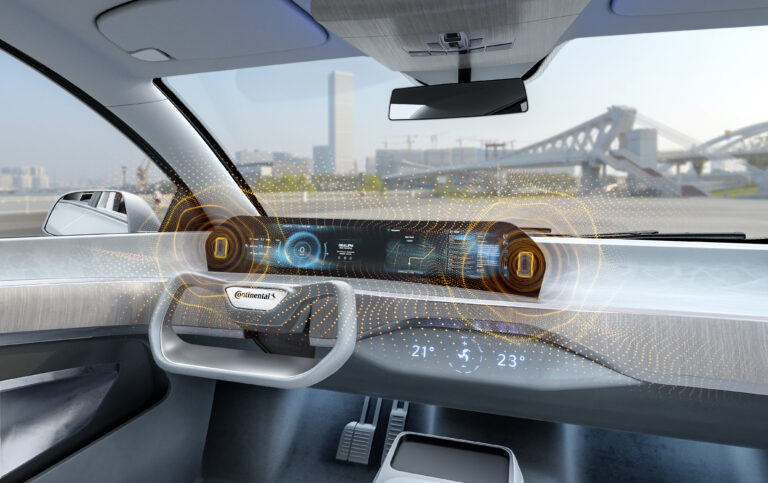Continental says it has developed a unique application that integrates the speaker function directly into the display unit. By using the display surface as its own sound box, the Ac2ated Sound display creates a completely new user experience where audible feedback, speech and other audio content is output directly from the screen, eliminating the need for traditional speakers. The system employs actuators hidden behind the display surface that generate audible vibrations in the glass.
“By integrating actuators into the display, we have succeeded in using the entire display surface as a sound chamber to resonate sound within the vehicle – all in exceptional quality,” said Pavel Prouza, head of the user experience business area at Continental. “Not only does this save valuable space in the vehicle interior, but it also reduces weight compared with traditional speakers. The system leverages our full expertise as a system integrator for the benefit of our customers – combining visual and audio output in a single package without compromising on quality.”
As Conti explains, humans have a natural ability to accurately pinpoint the source of a sound in three-dimensional space, known as sound localization. Essentially, when one hears a sound, one instinctively turns one’s head toward its origin. This ability offers a clear advantage in automotive applications. When audible feedback, speech or other audio content is emitted, it naturally draws the attention of a vehicle occupant to the relevant display, guiding their focus to where it’s needed. By producing sound through the display surface itself, the Ac2ated Sound display creates a more immersive and lifelike user experience.
The display surface is ideal for use as a sound box due to its unique structure and composition, which provide optimal acoustic properties. These properties are measured by factors such as internal damping, material stiffness and the weight of the vibrating surface.
Continental’s Ac2ated Sound technology offers several benefits for automotive applications. The actuators, which measure only a few centimeters, take up minimal space when integrated into the display unit. This design saves time and money during assembly, as no separate components are needed, unlike with traditional speakers.
The technology can also be integrated into flat components inside the vehicle. By installing additional actuators in door trims, headrests, A-pillars or the roof lining, for example, the entire vehicle audio system can be converted to Ac2ated Sound technology to induce vibrations in existing surfaces throughout the vehicle – dispensing with the need for conventional speakers. The audio system takes up to 90% less space and is up to 40kg lighter than traditional speaker systems.



